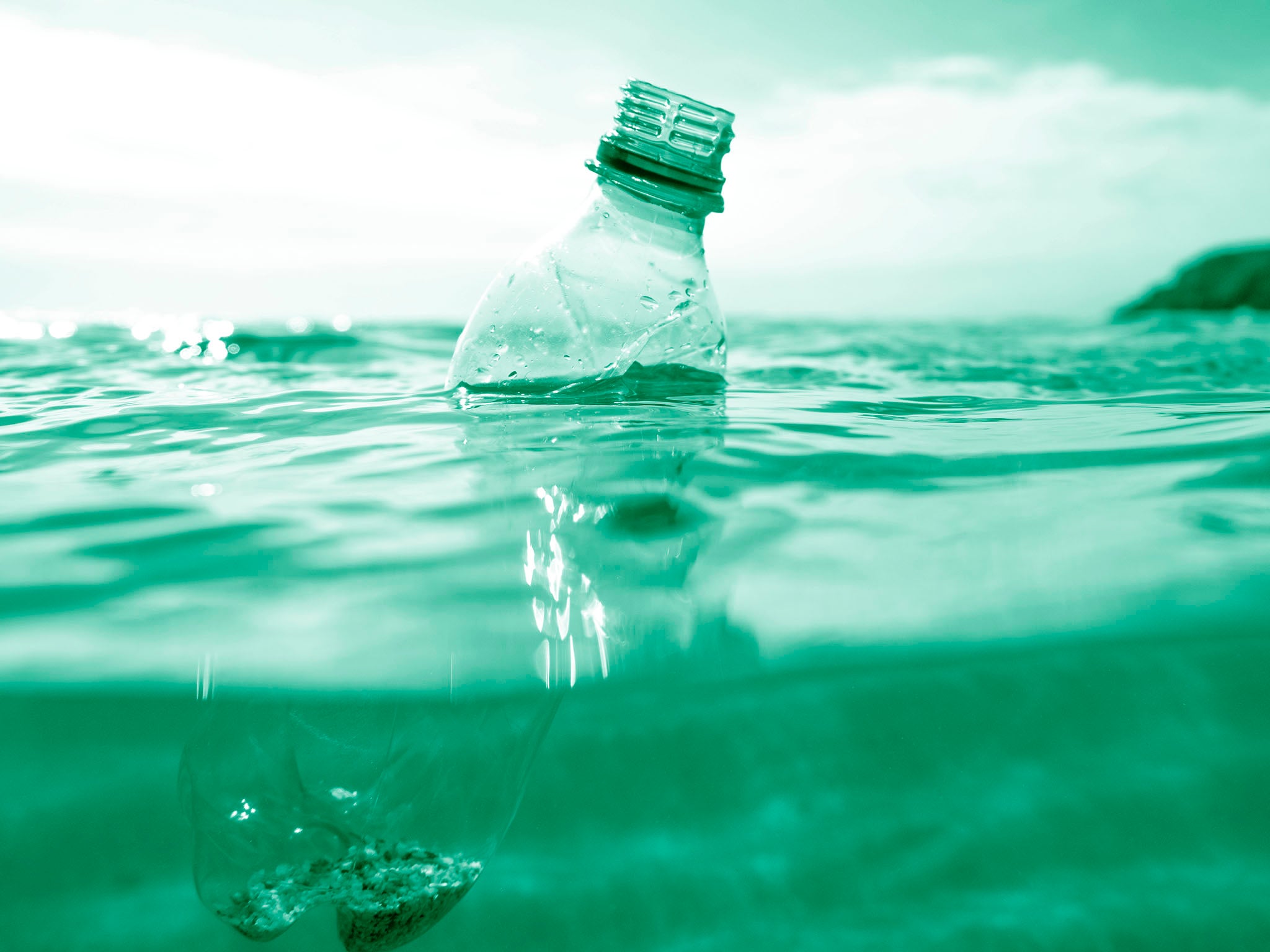How can you reduce your microplastic intake?

Your support helps us to tell the story
From reproductive rights to climate change to Big Tech, The Independent is on the ground when the story is developing. Whether it's investigating the financials of Elon Musk's pro-Trump PAC or producing our latest documentary, 'The A Word', which shines a light on the American women fighting for reproductive rights, we know how important it is to parse out the facts from the messaging.
At such a critical moment in US history, we need reporters on the ground. Your donation allows us to keep sending journalists to speak to both sides of the story.
The Independent is trusted by Americans across the entire political spectrum. And unlike many other quality news outlets, we choose not to lock Americans out of our reporting and analysis with paywalls. We believe quality journalism should be available to everyone, paid for by those who can afford it.
Your support makes all the difference.Micro (and even tinier nano) plastics are released into our food and water systems through the breakdown of larger plastic waste.
The small plastic pieces, less than five millimetres in length, pollute oceans and freshwater, contaminate the food we eat, and are carried by wind currents – filling our lungs when we breathe.
A 2019 study in the journal Environmental Science and Technology says it is possible that humans may be consuming anywhere from 39,000 to 52,000 microplastic particles a year.
So what steps can we take to reduce the amount of tiny plastic particles entering our bodies?
How can we eat and drink less microplastics?
Drink tap water. Bottled water has about double the microplastic level of tap water, according to Sherri Mason, a US chemist who has studied plastic in tap water, beer, sea salt, and bottled water.
Water filters are effective at reducing the concentration of microplastics in water and the different types include reverse osmosis, nanofiltration, ultrafiltration, microfiltration, and activated carbon filtration.
Don’t heat food in plastic. Heated plastics have been known to release chemicals into food.
Microplastics are released from baby feeding bottles during formula preparation, according to a study by scientists from Trinity College Dublin.
Warm liquids, like formula or water used to sterilise bottles, leads to a greater release of the minuscule fragments.
How do clothes add to microplastic levels?
Clothes contain plastics because they are a cheap and versatile material for manufacturers, but is one of the biggest sources of microplastic pollution in the world.
You can install a filter in your washing machine that catches microplastics. Also try running your machine on a lower setting so that the clothes are not thrown around with as much force, which is what causes fibres to separate and pull away.
Some washing machines, such as the GRUNDIG FiberCatcher, catch up to 90 per cent of microfibres in synthetic based cycles, according to the manufacturer.
Alternatively, buy a laundry ball. They catch the microfibres that come away from our clothes in the wash.
Buy non-synthetic eco-friendly clothes and bedding, as they release fewer harmful chemicals.
What about microplastics in the air?
We breathe in microparticles in the air, so ensure good ventilation in your home as the concentration of airborne plastics is much higher indoors.
Hoover frequently to remove microplastic dust that collects on the floor, and remove carpets, which trap plastic fibres and particles.
Vinyl and linoleum flooring can release microplastics into the air, so install a hardwood or ceramic tile floor.
How do microplastics affect our health?
High levels of ingested microplastics could have harmful effects on the human body, according to a study by researchers at the Hull York Medical School and the University of Hull.
It is known they are harmful to ocean and aquatic life, but the effect on the human body is still largely unknown.
The research pinpointed cell death and allergic reactions as potential effects of ingesting or inhaling high levels of microplastics.
A 2019 report by the World Health Organisation concluded that microplastic particles in drinking water “don’t appear to pose a health risk at current levels”, researchers at Utah State University and Cornell University said, warning that they “may have negative and as yet unknown consequences for ecosystems and human health”.
“The inhalation of particles can be irritating to lung tissue and lead to serious diseases, but whether plastics are more or less toxic than other aerosols is not yet well understood,” the researchers wrote.
“Our relative ignorance of the consequences despite rapidly rising plastic concentrations in our environment highlights the importance of improving plastic waste management or, indeed, capturing ocean plastics and removing them from the system.”
Join our commenting forum
Join thought-provoking conversations, follow other Independent readers and see their replies
Comments